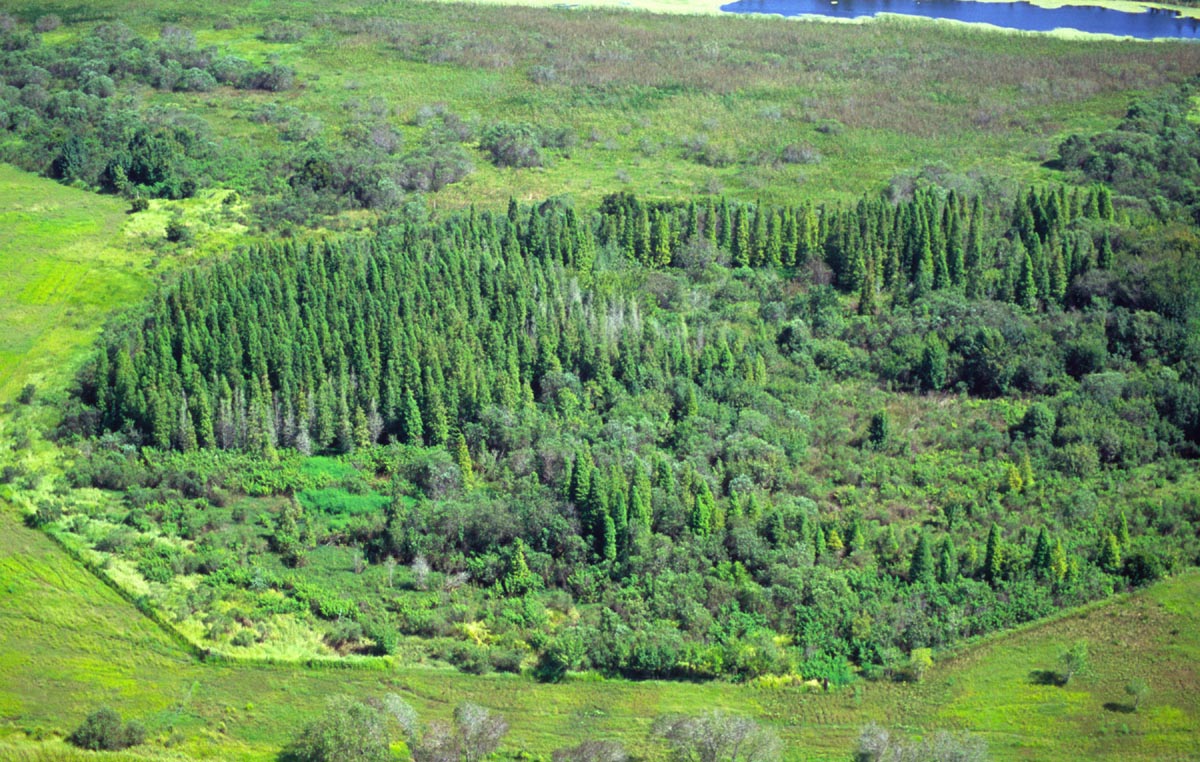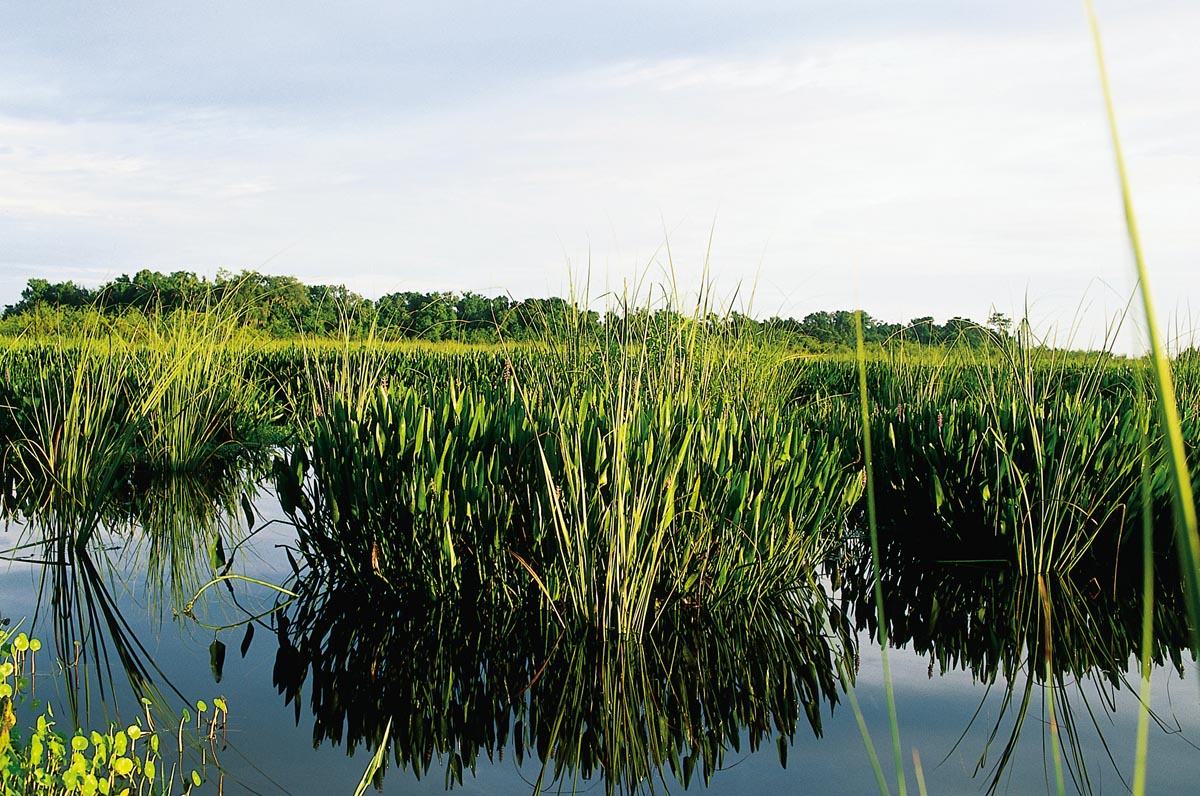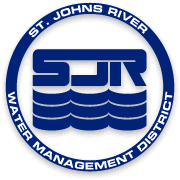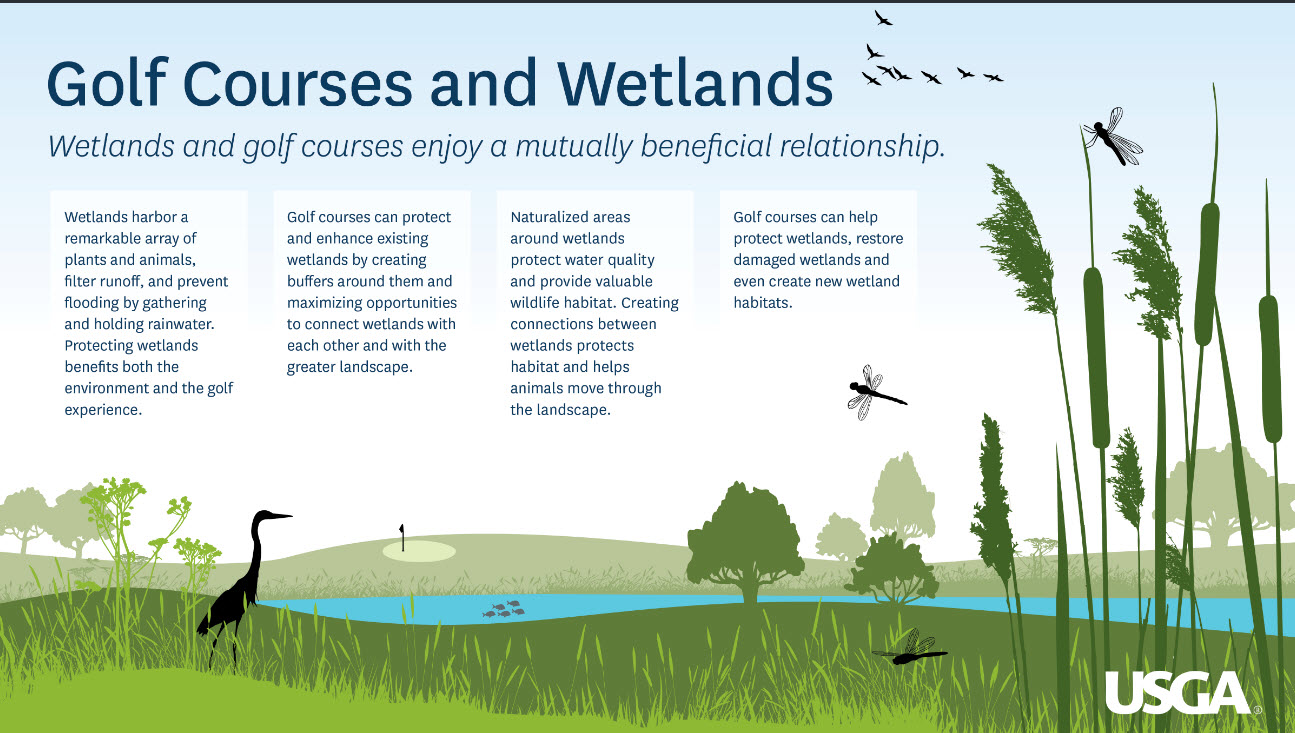Wetlands vs. Uplands
When we can save our clients 000s of dollars!We advise all of our clients to do a wetlands study before they purchase a property. It is surely wiser to invest a few hundred dollars in a survey rather than discover that 90% of it is covered in un-buildable wetlands, after the fact? Clients need a soil survey. What can look like upland may well just have had new soil hauled in after a weather event. That new soil most likely will not support a building.
 Wetlands
Wetlands
We might think of wetlands as simply swamp land, but it is in fact, any land where water covers the soil, or is at or very close to the surface. Think: marsh and/of bog, in addition to swamp. Wetlands support particular plant and animal communities not found elsewhere and are thus covered under EPA guidelines and regulation.
There are coastal or tidal wetlands and inland or non-tidal wetlands, all of which have their own set of restrictions to protect their particular biome.
Says the EPA:
Wetland types found in coastal watersheds include salt marshes, bottomland hardwood swamps, fresh marshes, mangrove swamps, and shrubby depressions known in the southeast United States as “pocosins.” Coastal wetlands cover about 40 million acres and make up 38 percent of the total wetland acreage in the conterminous United States. 81 percent of coastal wetlands in the conterminous United States are located in the southeast.
Uplands
Strictly speaking, uplands refer to hilly areas, or areas that are higher than wetlands. This would tend to be anything that is not wetland in Florida since the state’s topography tends to be flat. There is a definition of lowlands that some civil engineering firms worry about, but for us, sites are generally wet- or up-. For example here is an example of cypress wetland and surrounding uplands:

The regulating body for permits when you intend to build on a property with wetlands is the St Johns River Water Management District, whose regulatory responsibilities are shared with other agencies such as the Florida Department of Environmental Protection, United States Army Corps of Engineers, and state and local governments.
Wetlands and Buffer Requirements – St Johns County
Frequently Asked Questions
How do I know if my property has any wetland areas?
Wetlands are areas inundated or saturated by surface or ground water at a frequency and duration sufficient to support a prevalence of vegetation typically adapted for life in saturated soils. Identification of the extent of any wetland areas can be done by reviewing the recorded subdivision plat. If the wetland is not depicted on the plat, an environmental professional will need to be hired to delineate any potential wetland areas.
What do I do if wetland areas exist on my property and I want to clear it, place fill on it or build?
Wetland areas are protected by law and must remain in their natural condition. If you propose to dredge, fill, or cut any vegetation within a wetland for activities on property in the County, then wetland regulating agencies must be contacted first for permitting requirements and then the County must be contacted for other applicable preservation requirements.
What is the difference between flood zones and wetlands?
Flood zones are geographic areas that FEMA has defined according to varying levels of flood risk. Wetlands are those areas that are inundated or saturated by surface water or ground water at a frequency and duration sufficient to support a prevalence of vegetation typically adapted for life in saturated soils.
The Handbook of Florida Water Regulation: Activities in Wetlands and Watersheds.

The image above is of sawgrass – for Jacksonville the name of a community and famous golf club – is from the Florida Phosphate Operations of the Mosaic company.
In Our Experience
To build on a property with wetlands, or to move wetlands, is a costly and complicated prospect. But it is possible. Only the Army Corps of Engineers can prevent you from building on wetlands; any of the other agencies may grant you a permit depending upon where you are and what you are trying to build. Remember that different wetland areas have individual qualities of wetland, which is determined by the habitat the land supports, in terms of plants and wildlife.
Due Diligence Research
Just a few weeks ago, a client discovered that the water line on a property he had just purchased was insufficient for the property’s new intended use. He had to install a wider main line. The utility company informed him that they would then need to run an additional 1,500′ of expanded line to service his request. That was multiple tens of thousands of dollars in unanticipated expenses that could have been avoided had the client only hired Solid Rock Engineering to perform Due Diligence Research BEFORE the building was purchased.



